Joyce Hwang
How do we think about the inclusion of life in the way we design space?
- Joyce Hwang on Ecology and Architecture, Architect Magazine, April 14, 2014
Joyce Hwang, AIA, has worked with CALL on a number of projects since 2015. Hwang is the founder of Ants of the Prairie, an architecture and research practice dedicated to confronting contemporary ecological conditions through creative means. Ants of the Prairie focuses on infrastructure for non-human creatures — bats, bees, and rats for example. The practice incorporates these animal habitats into urban areas, establishing the role of the architect as designing environments that include even the seemingly least consequential creatures, and revealing their crucial role. Hwang’s recent projects include “Bat Tower,” “Bat Cloud,” “Habitat Wall,” and the CALL project “Bower,” in collaboration with artist Ellen Driscoll and Matt Hume, in Artpark, Lewiston, NY.
Throughout her collaboration with CALL, Hwang has explored the relationship between human and non-human beings. In her 2015 and 2016 CALL/WALKs, “Collision Theory: Birds and Buildings,” she and naturalist Gabrielle Willow discussed the relationship between birds and tall buildings; in “Bower” she and artist Ellen Driscoll discussed the evolution of green spaces in Manhattan's Chinatown. In June 2018, Hwang and engineer Prathap Ramamurthy led the CALL/WALK “HeatMapping,” to document the “hidden” physical conditions of selected housing in Chinatown by using thermal imaging technologies.
Hwang received a post-professional Master of Architecture degree from Princeton University and a Bachelor of Architecture degree from Cornell University, where she was awarded the Charles Goodwin Sands Memorial Bronze Medal. She is a recipient of the 2014 Emerging Voices Award from the Architectural League of New York and a 2013 New York Foundation for the Arts (NYFA) Fellowship.
CALL/WALK: HEAT MAPPING — 2018




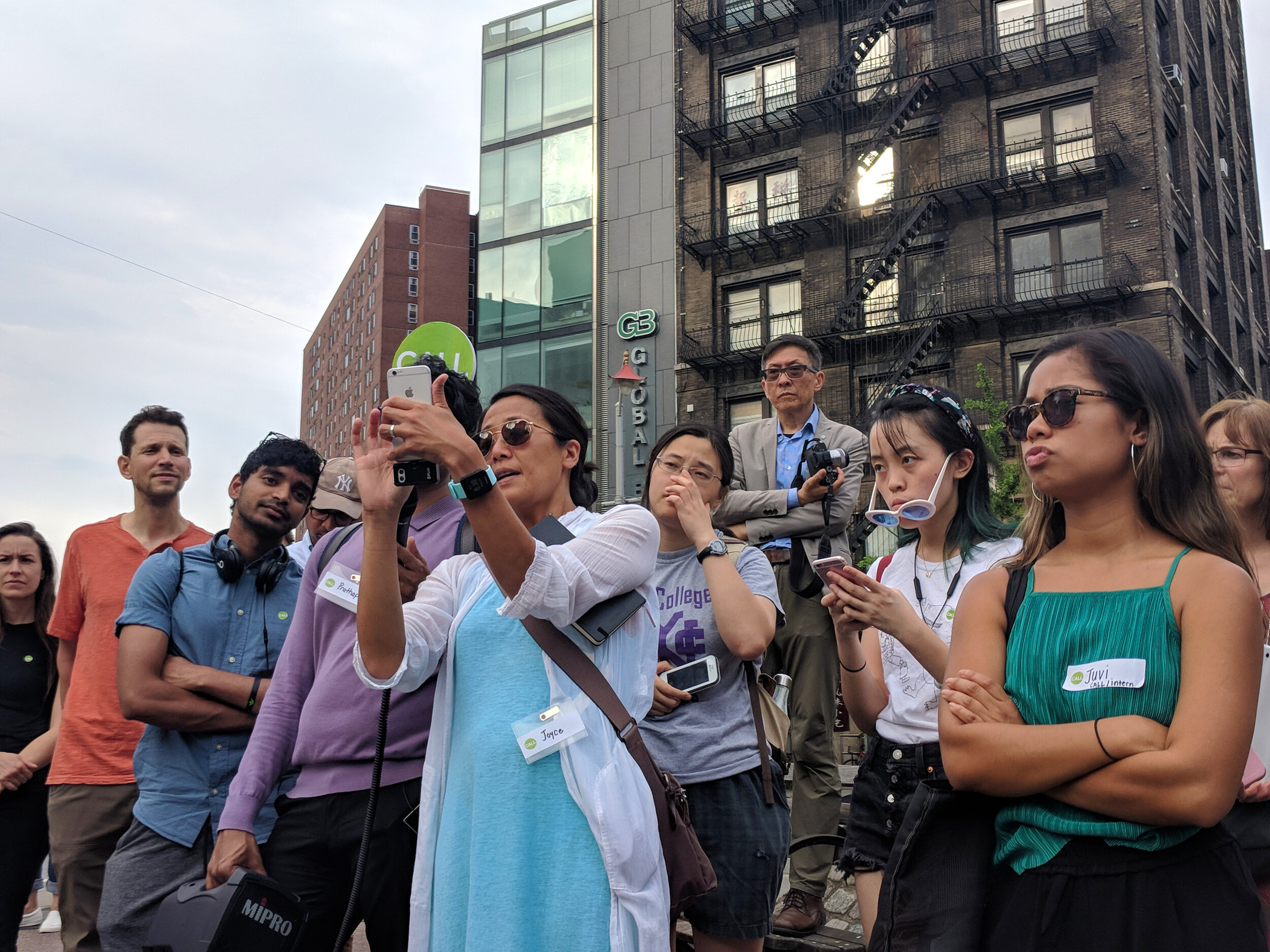

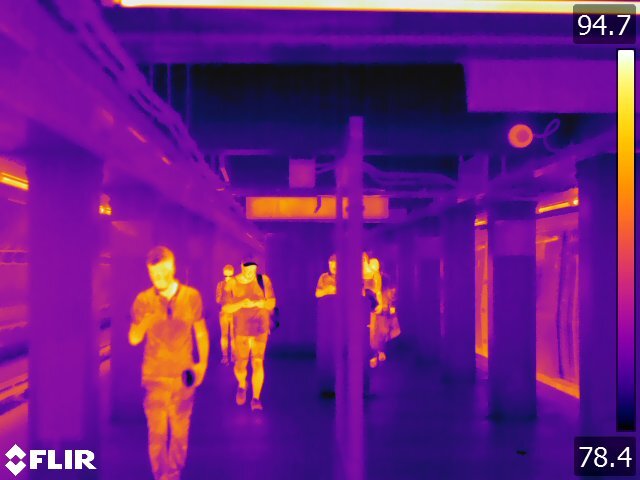
Architect Joyce Hwang and environmental engineer Prathap Ramamurthy set up to document the “hidden” physical conditions — in particular heat loss and retention — of rent-controlled buildings in Chinatown through thermal imaging technologies. Hwang and Ramamurthy then interpret the collected thermal images (and other data) through drawings, collages and mapping, and made the drawings and interpretations publicly visible by incorporating them into a large-scale installation. One of the issues that this project seeks to acknowledge is the substandard housing condition in many buildings in Chinatown, as many housing projects often lack an acceptable degree of maintenance and care by owners/developers. The walk was followed by a forum with community, activists about the challenges and promise of Community Land Trusts to preserve low-cost housing and to reflect on how the arts could be a catalyst to reveal the benefits of strategic renovations to energy conservation and livability.
This walk is a part of CALL/WALKS, an ongoing series of artist and scientist led public walks diving deep into urgent, local environmental concerns and innovative ideas to overcome them. This particular walk connects to CALL’s larger initiative in the CALL / CHINATOWN.
CALL/WALK: BROADWAY: 1000 STEPS — FALL 2016
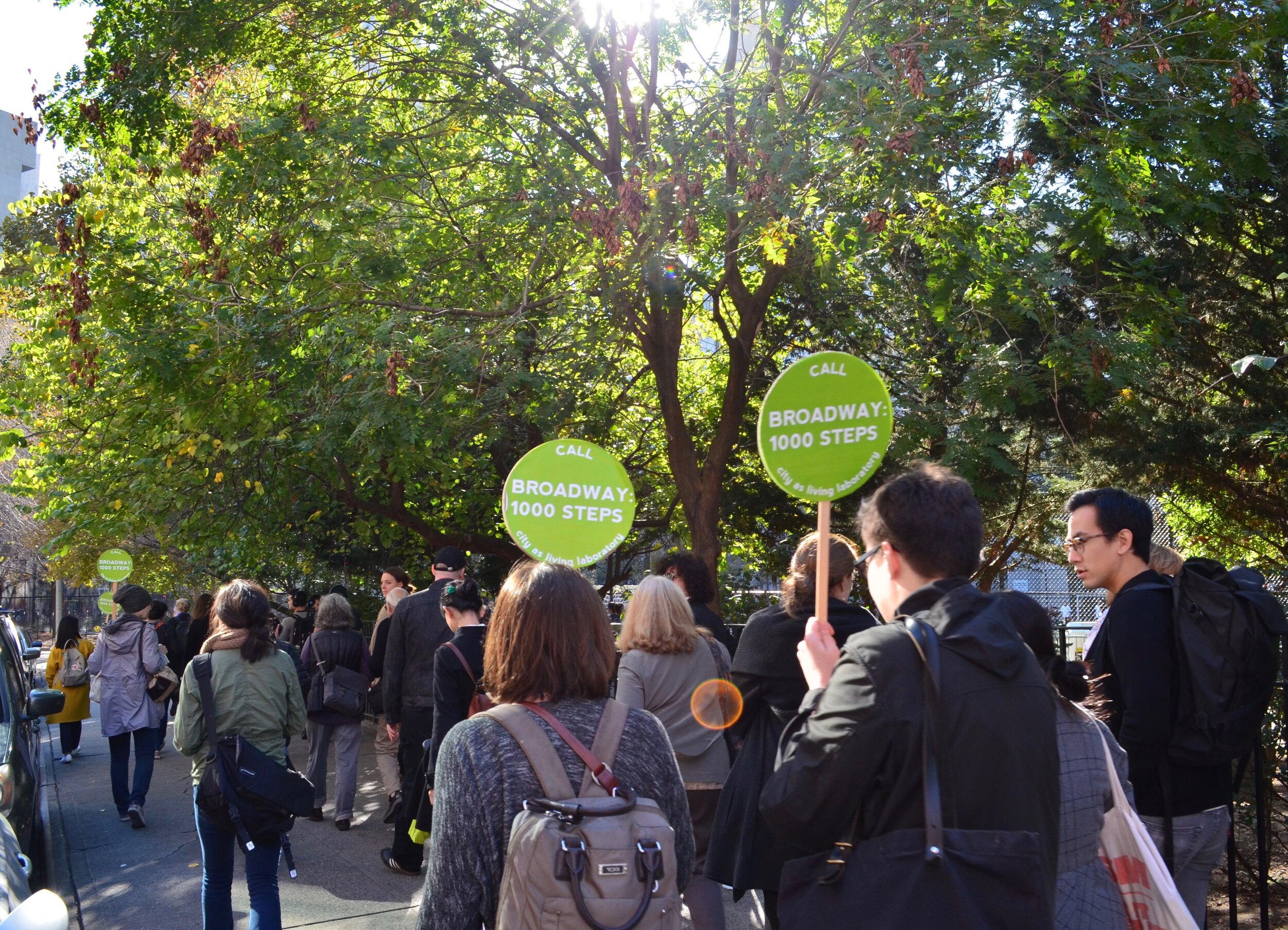

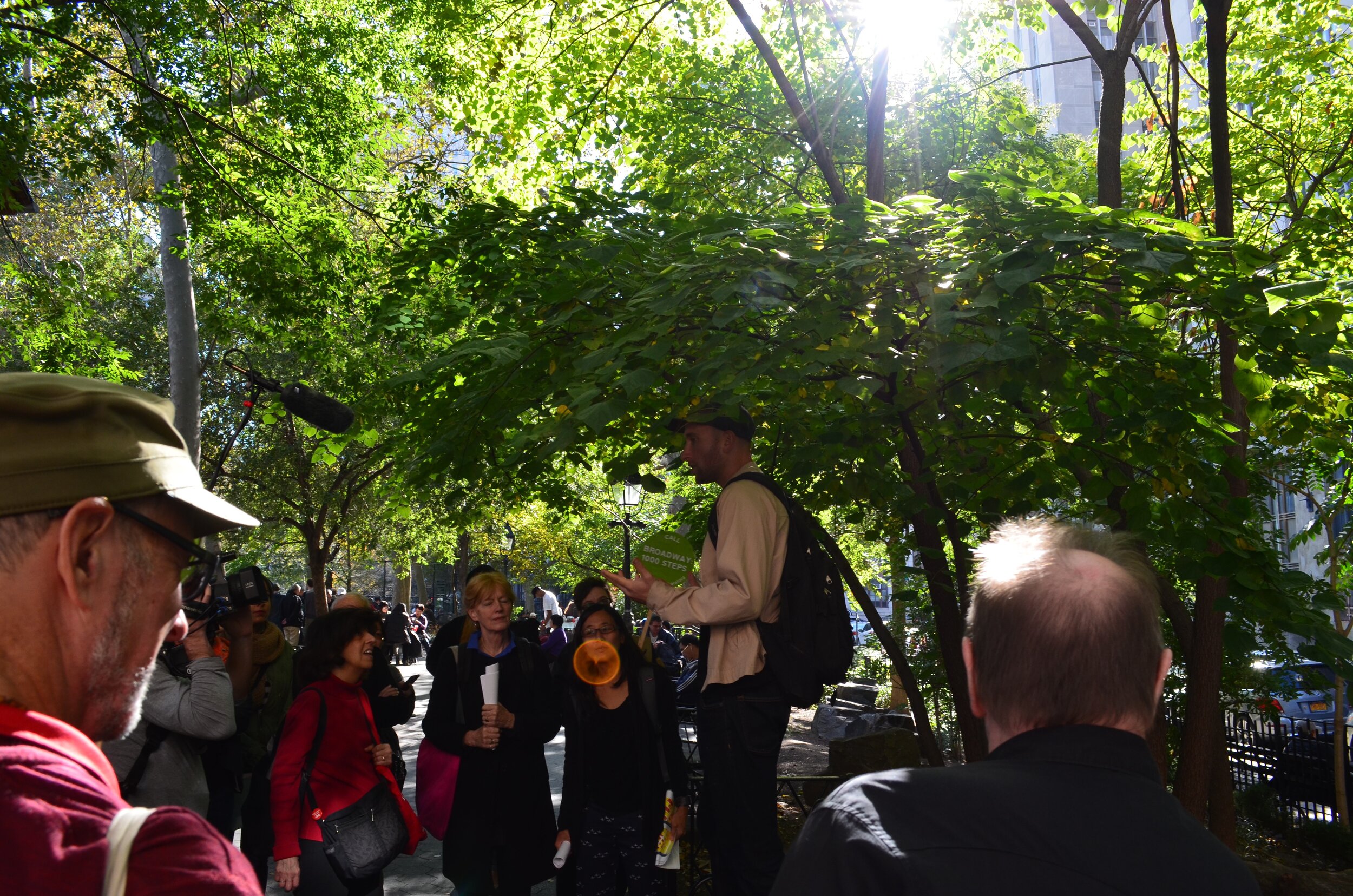
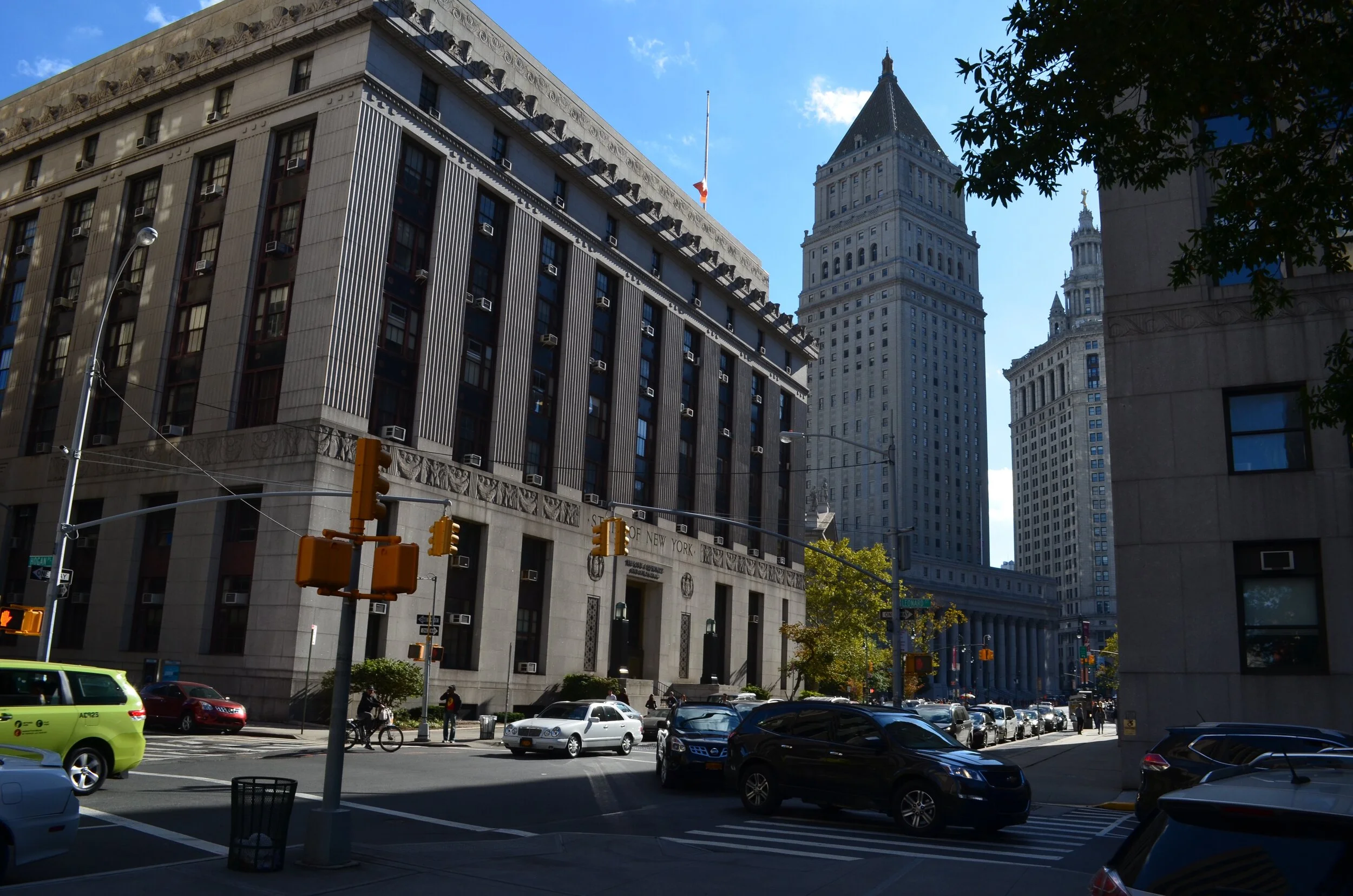
Ellen Driscoll and Joyce Hwang’s WALK focuses on the neighborhood around Collect Pond and how it has evolved over time. The WALK explored the urban ecosystem of Chinatown, touching on the history of the neighborhood and its evolution from a freshwater pond landscape to an industrialized urban area. They focused on contemporary ecologies and the relationship between human and non-human habitats, with a specific emphasis on urban rat ecologies. They started the WALK in Collect Pond Park, walked past the Manhattan Detention Center, and into Columbus Park. The WALK conveyed an appreciation of non-human habitats in the city and the profound effects that human actions have on urban ecosystems.
This walk is a part of CALL/WALKS, an ongoing series of artist and scientist led public walks diving deep into urgent, local environmental concerns and innovative ideas to overcome them. This particular walk connects to CALL’s larger initiative in the CALL / CHINATOWN.
BOWER — Artpark LABORATORY — 2016
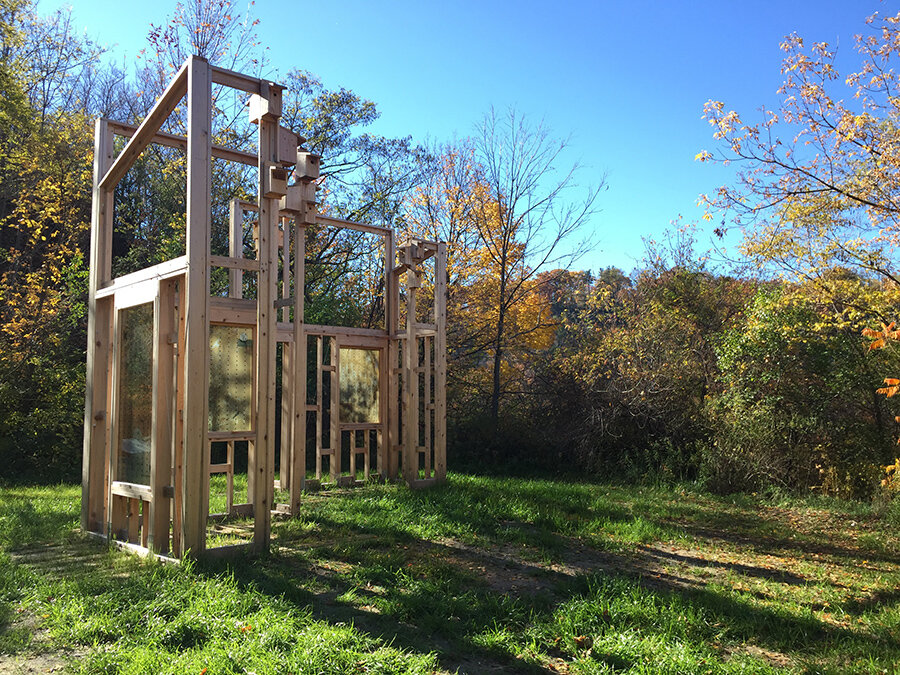
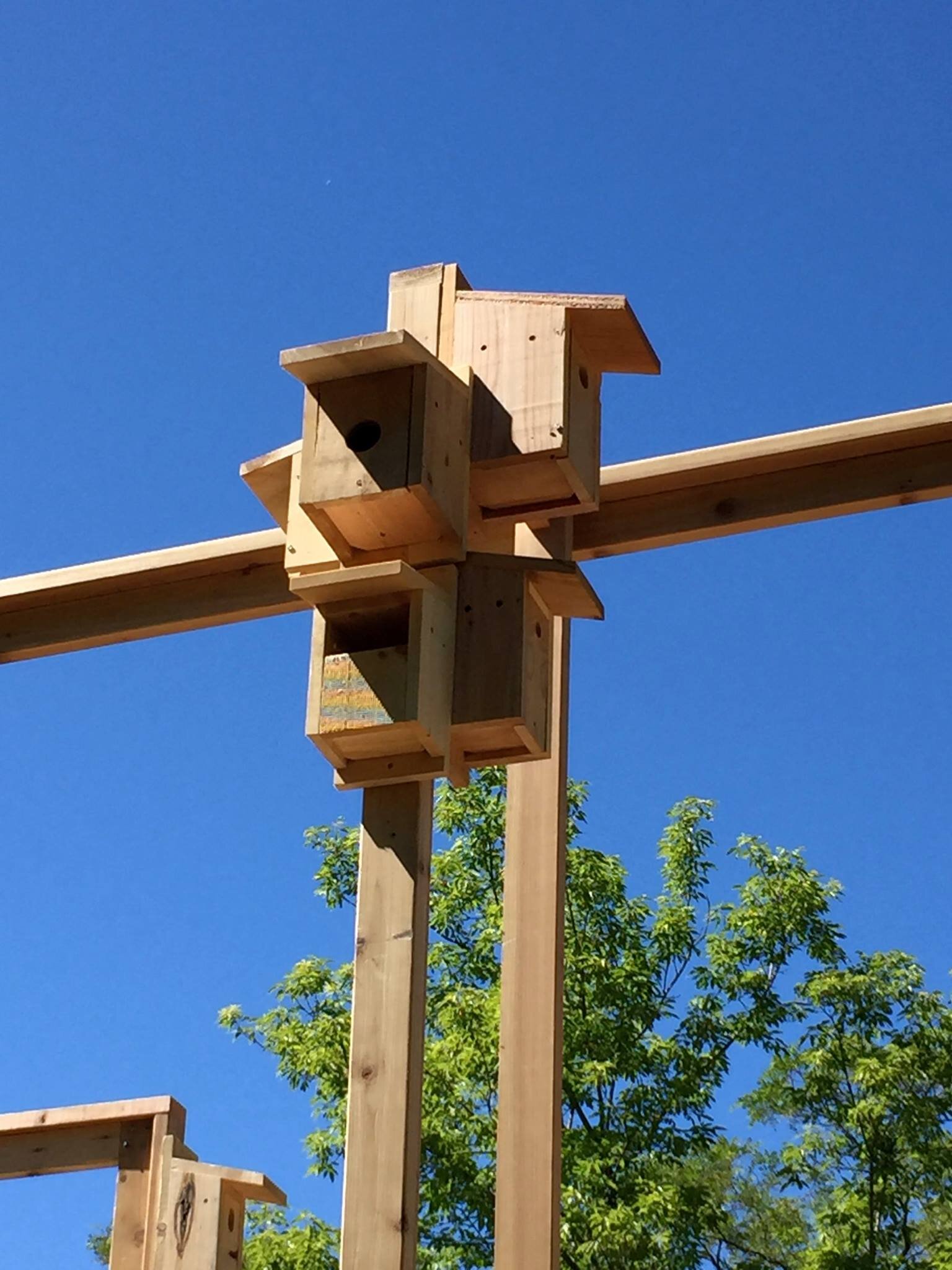
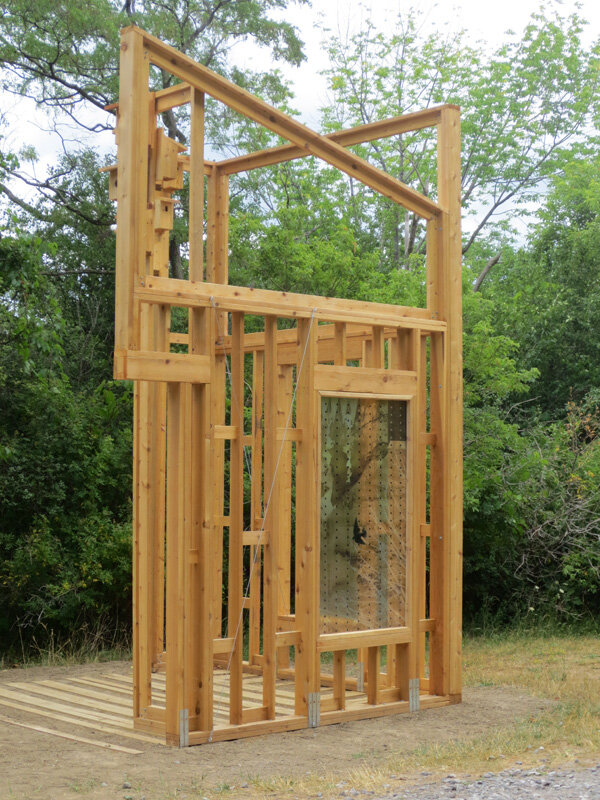


Bower is a series of interrelated architectural fragments, designed to promote awareness and interest in local bird species, as well as draw attention to the perils of bird-strike window collisions.
The installation is located in ArtPark, a site that has a long history of physical and experiential adaptation. Drawing from this sensibility, the windows provide a translucent overlay in the landscape, reflecting the image of viewers in the glass with passing clouds, birds and plants. Also along the lines of adaptation, the structures serve as frameworks for present and future inhabitation by flora and fauna.
Bower is a collaboration between Joyce Hwang, Ellen Driscoll, and Matthew Hume; it was commissioned by CALL/City as Living Laboratory and ArtPark.
CALL/WALK: COLLISION THEORY — SPRING 2015







OTHER WORKS
“Collision Theory” addressed the intersection of urban wildlife with the built urban environment, focusing on the relationship between buildings and birds. Architect Joyce Hwang and naturalist Gabriel Willow discussed how buildings are cited as the primary “killer” of migratory birds — in particular glass skyscrapers, which have been developed thanks to contemporary real estate development and the aesthetics of modernism. However, urban building façades can serve as bird habitats. The walk explored the possibilities for architecture that supports urban species. Hwang and Willow encouraged participants to imagine new architectural possibilities to ‘renovate’ existing buildings that kill urban birds. Looking at the Time Warner building, for example, they asked participants to draw from their imaginations and describe a new aesthetic vision for the tower – considering the implementation of glass frit patterns and vegetation, for example.
This walk is a part of CALL/WALKS, an ongoing series of artist and scientist led public walks diving deep into urgent, local environmental concerns and innovative ideas to overcome them. This particular walk connects to CALL’s larger initiative in the Broadway: 1000 Steps









